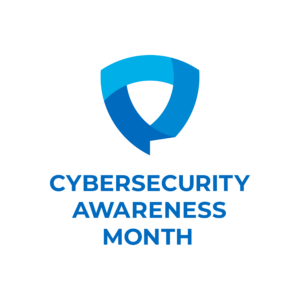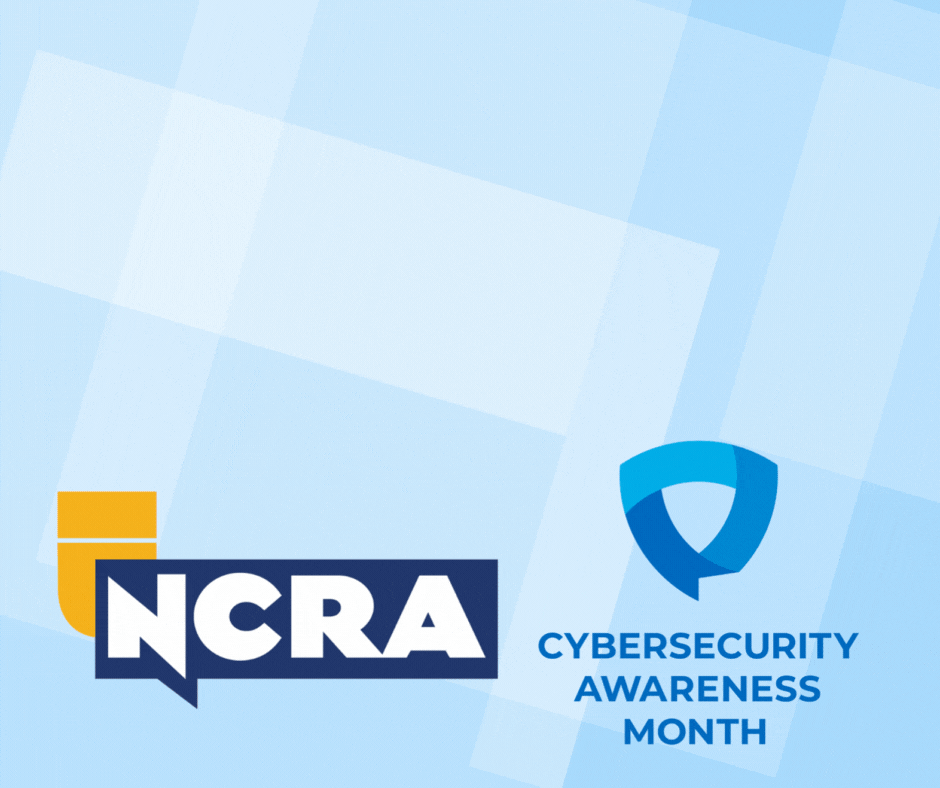
With an increase in remote depositions now using the Zoom format, the members of the Technology Committee thought it would be a great time to review some Zoom basics and troubleshooting tips with you.
Zoom app vs. web browser: It is better to download the Zoom app to the laptop or desktop computer, rather than using it online only. From the app, you can easily change your name, settings, keyboard map, background, control the waiting room, and share the screen.
Change your name: It may be necessary to change your name if you work for different firms or for home vs. work. To customize your name, if you are an account holder, simply click on “Profile,” and you can edit your user settings. If you are only an attendee, simply click on “Participants,” find your name and then click on the three dots that appear to the right. Then choose the “rename” options and you can name yourself “Court Reporter” or “Captioner” or “Shazam!” — whatever you like! It will remain that way throughout the session.
Tip: Rename yourself with your email address to make it easy for counsel to send you contact info, exhibits, etc.
Keyboard map (Hot keys): If you prefer using keyboard shortcuts, there are plenty available. A complete listing for Mac and Windows is available at this webpage: https://support.zoom.us/hc/en-us/articles/205683899-Hot-keys-and-keyboard-shortcuts. My personal favorite is the ability to temporarily un-mute yourself by using the spacebar. If you are writing, it’s a quick and easy way to interrupt for clarification.
Share screen: To share your screen, simply select “share screen” at the bottom menu. Then you can select the screen of any open application or your desktop.
Breakout rooms: Only the host or co-host can use this feature. However, it is a nice feature to offer to attorneys and clients while you are on break. Simply select “Breakout Rooms” on the bottom menu. Then simply respond to the prompts in the windows and assign the rooms or swap out individuals in rooms.
Computers: Decide whether using one or two computers is right for you. If you use two computers, one will be for Zoom and one for your CAT software. If you use one, you can toggle between Zoom and your CAT system. Using two monitors lets you see both without taking your hands off the steno machine.
Wi-Fi vs. hard-wired: Hardwired will always provide the more stable connection and is preferred. However, if you are using Wi-Fi, here are a few troubleshooting tips:
- Kick other users off who are on the same Wi-Fi that are gaming, etc.
- Use a professional headset or ear pad device.
Audio: There are several options for acquiring audio during a Zoom meeting. You can use headsets, external speakers, computer sound, and cell phones. Using cellphones outdoors is not recommended.
Some audio troubleshooting tips:
- If you are receiving audio feedback, for example, if the speaker sounds muffled or like he is underwater, then the speaker’s microphone is picking up background noise instead of the speaker.
- If there are two devices in the same room connected to the same Zoom meeting, one needs to be muted.
- All speakers should mute until speaking to avoid the microphone picking up clicking of keyboards, dogs, etc.
Recording audio: If you are recording into your CAT software, there are many options available to you. If you are recording from your computer’s audio, then you will not hear yourself. So, you need to be thoughtful when configuring your Zoom setup. Several manufacturers have specifically designed systems for the Zoom court reporter. Please check out Martel Electronics (martelelectronics.com) or Sound Professionals (soundprofessionals.com) for their Zoom reporter packages. However, if you want to keep it simple, you can use a speaker and external microphone, but the quality will not be as clear. To troubleshoot your computer’s audio, you can always go to the Control Panel and adjust and tweak the level of sound coming in.
Being seen: Even though you may be in your home office, you should still dress professionally, both top and bottom, just in case you are seen. Place the camera to see from the top of your head to waist. Body language is important. Light in front vs. behind – place light in front of you for a better picture. Small rooms work best and are better for controlling outside noise. Do not use virtual backgrounds or those that may detract attention from the proceedings.
Alternatively, you may want to consider aiming your webcam on your face as well as your hands to show you are on the record. Jo Tomoff Fischer, RMR, CRR, in Atlanta, Ga., was recently reporting a Zoom deposition, and one attorney realized she was not receiving audio from the proceedings only because Jo had her camera pointed to her hands on the machine. When the attorney saw her writing, she realized that someone was talking and that she was not hearing it and, therefore, she interrupted and was able to correct the situation.
Being heard: Use a microphone or headset with microphone for the best coverage.
Tip: Interrupt with the same words twice in a row to make sure that you are heard by all parties as there is a small delay when you speak and when you’re heard. “Excuse me. Excuse me.”
Zoom court hearings: For Zoom in the courtroom, you have several options for Hearings:
- In courtroom with judge and clerk with attorneys appearing by Zoom.
- In office or location at courthouse using government computer or personal computer for Zoom.
- At home using government computer or personal computer for Zoom.
Tip: The clerk and courtroom deputy, etc., can inform attorneys that they will need an external microphone and no cell phones are to be used for Zoom hearings when hearings are set. (Might need to make a special request.)
There are some things government IT might be able to help with:
- Using government computer to link to Zoom
- Provide the judge a microphone prior to hearing
- Set up a trial run with IT prior to first hearing to make sure all sound levels are a go
- Help attorneys with a test run before the hearing
- Set up cloud-based realtime on the judge’s computer if you are remotely reporting
With cloud-based realtime, you can connect to attorneys and judges from anywhere. Here are some options: Live Litigation, Bridge (Advantage Software), and CaseViewNet Cloud (Stenograph).
Additionally, you can caption directly into Zoom using the captioning feature. The clients can view as standard captioning format or they can view full transcript. No captioning software is needed. You can use a webstreaming service (1CapApp or Streamtext) to aid in formatting or you can apply your CAT system’s feature to writing in a separate window (Sticky Keys, Keyboard Macro, etc.).
Some phrases that are so common that you may want to develop briefs for your next Zoom proceeding:
Can you hear me now?
I can’t hear you
Can’t hear you
Off and on
Cutting in and out
Share my screen
Share your screen
Share my desktop
Share your desktop
Unmute yourself
Thanks to the members of the Technology Committee who contributed to this article.
Have a question for the NCRA Technology Committee? Please send it to jcrfeedback@ncra.org.
Five tips for looking great in remote depositions
How to optimize internet connections for remote depositions
Handling of exhibits for remote depositions
What states allow remote and/or online notarization?
Conducting meetings and depositions by remote means
Office setups and remote preparation part of downtime
Ask the Techie: Do you need a new chair?
COVID-19: Looking back through the lens













[…] specifically designed systems for the Zoom court reporter. Please check out Martel Electronics (martelelectronics.com) or Sound Professionals (soundprofessionals.com) for their Zoom reporter packages. However, if you […]
[…] Basic Zoom Tips, Tricks and Advice […]